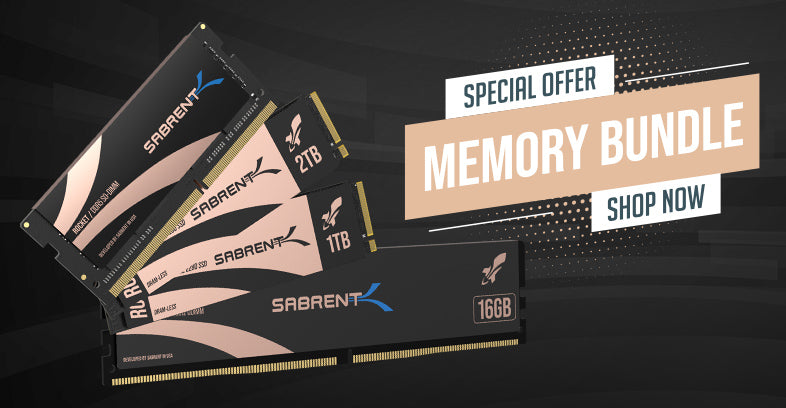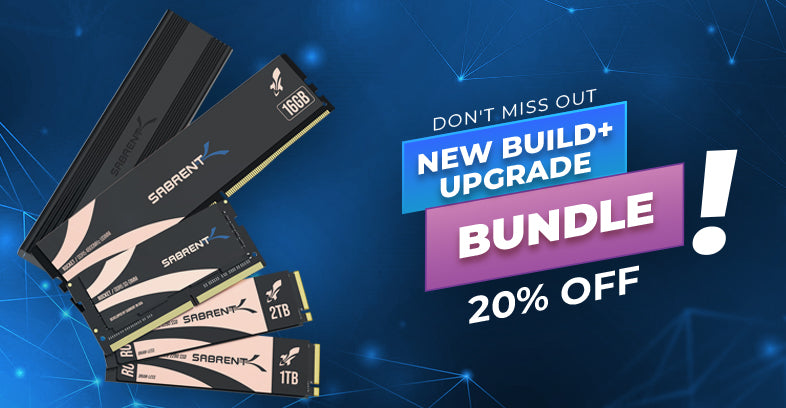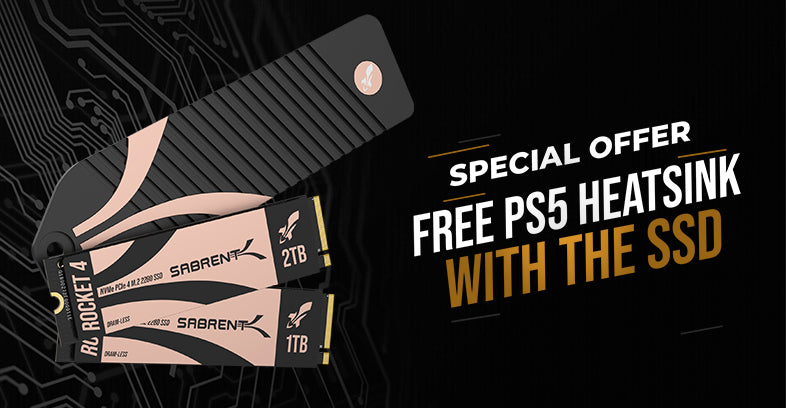The Lenovo Legion Go is now up for pre-order as the newest in an increasingly large field of portable PC gaming systems. These systems have a lot in common but there are differences between them here and there, which can make it difficult to choose the right one (see table at article end). While we are focusing on the Lenovo Legion Go for this entry, we will show specifications for a range of devices to give you an idea. However, the basic foundation for most is Windows 11 Home for the OS with AMD hardware inside for the CPU and GPU. Internal storage can differ, important if you plan on upgrading it, with all supporting microSD memory cards at the least.
The Lenovo Legion Go, for its part, is using an AMD Ryzen Z1 Extreme - also available as an option on the ASUS ROG Ally - with an RDNA 3 GPU. This gives it a lot of power, which it will need to drive its 2,560x1600 resolution, 60/144Hz, 8.8" screen. This is higher resolution with a larger screen than the alternatives. It has 16GB of DRAM, which is typical, but running at a fast 7,500 MT/s speed. Internally it is using an M.2 2242 SSD, 512GB or 1TB stock, which can be upgraded to 2TB, including by the use of an M.2 extender for 2230 to 2242 with our 2TB Rocket Q4 2230. It also works with double-sided drives like our 2TB Rocket 2242. It uses Windows 11 with Wi-Fi 6E support and a 49.2Wh battery which, while large, is likely to be drained more quickly on average. One place it stands out is by having Nintendo Switch-like detachable controllers on the sides.

Lenovo Legion Go with its detachable controllers. Source: Lenovo (lenovo.com).
It's certainly possible to put other operating systems on the Lenovo Legion Go and other portables even if they come with Windows. If you want Steam OS-like functionality, you can use ChimeraOS either alone or in multi-boot. Boot managers like rEFInd combined with USB boot makers like Rufus can assist you in this process. There are other options and we recommend visiting related subreddits to get more information, particularly for getting your games to run properly. The Legion Go is made especially for gaming with its detachable controllers, although you can add your own wireless devices.
These systems can be used like normal PCs, or more like powerful tablets, including as servers. This type of functionality is best with wired Ethernet and you may want to extend the device's capabilities with external storage, KVM, and other accessories. We sell a number of hubs and docks for this purpose including more than one dock type for the Steam Deck and other devices, including also a hub and dock with an internal M.2 slot to add a lot more fast storage. You should not feel limited by the device out of the box. On the contrary, these are very expandable and versatile devices, and we make a large number of products to make that expansion convenient and easy.

The Lenovo Legion Go layout. Source: Best Buy (bestbuy.com).
Which portable gaming system is right for you? It's probably best not to limit your options by which OS they come with, but rather by the hardware features. More memory is always good but the base 16GB is probably enough for devices within this power range. Internal storage can usually be updated or you can use microSD cards, but pay attention to the M.2 slot form factor. It's probably best to focus on getting the right screen - resolution and refresh rate, plus size - and making sure the GPU can handle your desired games.
The CPU may be less important depending on the game. Battery life is also an important consideration which will hinge on the power output, usually given in watts, although that will differ when portable or docked with ~25W being a typical target for the former. This target does not mean the same performance for all machines as newer APUs - CPU/GPU combinations - will be more efficient. Also, technologies and settings like FSR can help you make the most out of portable hardware, so you might have to tweak things to get them just right. If possible, test out a machine at a local electronics store, and most importantly - have fun!
|
System |
ASUS ROG Ally | Steam Deck | GPD WIN 4 |
| Base | Pro | |||
| Internal | 1x M.2 2230 | 1x M.2 2230 | 1x M.2 2280 |
| microSD | ✓ | ✓ | ✓ |
| USB-C DP Alt | ✓ | ✓ | ✓ |
| CPU | 6/12 up to 4.9GHz | 8/16 Zen 4 up to 5.1GHz | 4/8 Zen 2 up to 3.5GHz | Ryzen 7640U, 7840U |
| GPU | RDNA 3 - 4 CUs up to 2.5GHz | 12 CUs up to 2.7GHz | RDNA 2 - 8 CUs up to 1.66GHz | 8 CUs w/512 shaders, 12 CUs with 768 shaders |
| RAM | 16GB LPDDR5, 6400 MT/s | 16GB LPDDR5, 5500 MT/s | 16/32/64GB LPDDR5x, 7500 MT/s |
| Storage (stock) | 512GB (Gen 4) | 64, 256, 512GB (Gen 3) | 512GB/2TB/4TB (Gen 4) |
| Resolution / Display | 1920 x 1080 @ 120 Hz, 7” | 1280 x 800 @ 60Hz, 7” | 1920 x 1080 @ 60Hz, 6” |
| Wi-Fi | Wi-Fi 6E | Dual-band 802.11ac | Wi-Fi 6 + LTE |
| OS | Windows 11 Home | SteamOS (Linux) | Windows 11 Home |
| Battery | 40Wh | 40Wh | 45.62Wh |
|
System |
Lenovo Legion Go | Loki Max | OneXPlayer 2 |
| Internal | 1xM.2 2242 | 1xM.2 2242 | 1xM.2 2280 |
| microSD | ✓ | ✓ | ✓ |
| USB-C DP Alt | ✓ | ✓ (USB4) | ✓ |
| CPU | AMD Ryzen Z1 Extreme | AMD Zen3+ 6800U | Ryzen 7 6800U, up to 4.7GHz |
| GPU | RDNA 3 | RDNA2 Radeon 680M | Radeon 680M, 12 cores up to 2.2GHz |
| RAM | 16GB LPDDR5X, 7500 MT/s | 16GB LPDDR5, 6400 MT/s | Up to 32GB LPDDRX, 6400 MT/s |
| Storage (stock) | 256/512/1TB SSD | 512GB SSD | Up to 2TB SSD |
| Resolution / Display | 2560x1600 @ 60/144Hz, 8.8” | 1920x1080 @ 60Hz, 6” | 2560x1600, 60Hz, 8.4” |
| Wi-Fi | Wi-Fi 6E | Wi-Fi 6E | Wi-Fi 6E |
| OS | Windows 11 | Windows 11 | Windows 11 |
| Battery | 49.2Wh | 46.2Wh | 65.5Wh |
|
System |
AYANEO AIR Plus | ||
| Internal | 1x M.2 2280 | ||
| microSD | ✓ | ||
| USB-C DP Alt | ✓ | ||
| CPU | Ryzen 6800U | Ryzen 7320U/7520U | i3 1215U | ||
| GPU | RDNA 2 (7320U/7520U) | ||
| RAM | 16/32GB | 8GB/16GB | 8GB/16GB LPDDR5, 6400 | 5500 | 5200 MT/s | ||
| Storage (stock) | 512GB/1TB/2TB | 128GB/512GB | 128GB/512GB (up to Gen 4) | ||
| Resolution / Display | 1920 x 1080 @ 60Hz, 6” | ||
| Wi-Fi | Wi-Fi 6 | ||
| OS | Windows 11 Home | ||
| Battery | 46.2Wh |
Thumbnail courtesy Lenovo.














